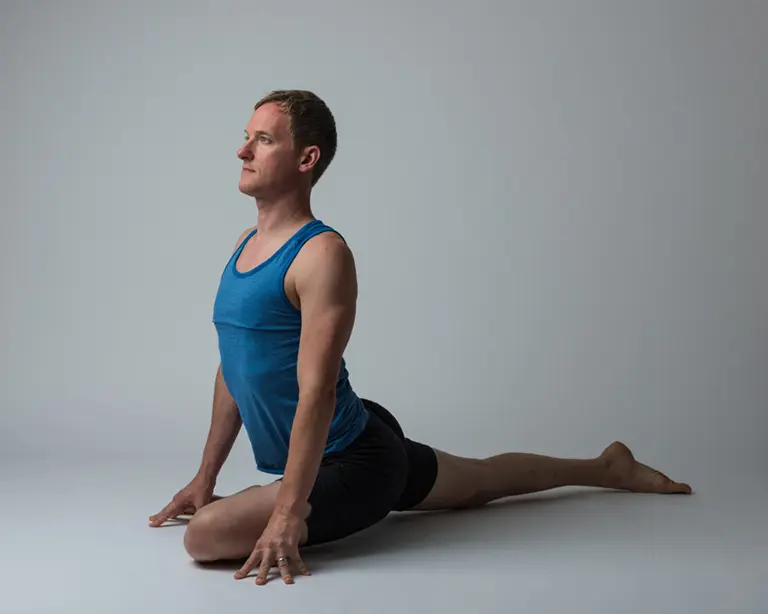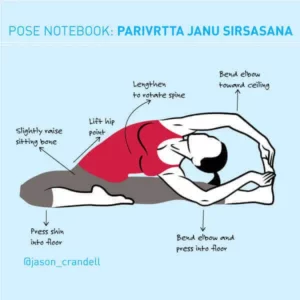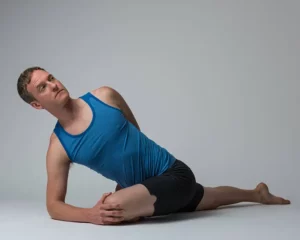Common wisdom tells you to work daily on the yoga poses that bring up resistance and challenge you. Personally, I’m okay with this sentiment—after all, there’s plenty of value in exploring the edges of your comfort zone. As a practitioner and teacher, though, I tend to emphasize the opposite—I choose to indulge the postures that I love with egregious frequency. I encourage the teachers that I train to do the exact same thing. We love the poses that we love for good reasons: they awaken us, they ground us, they soothe us, they challenge us, and they nurture our mind’s ability to focus and settle down.
These five yoga poses come up time and time again in my classes because I’m shamelessly enthusiastic about them.
5 Favorite Yoga Poses
Urdhva Dhanurasana — It Soothes Me
Yep, that’s right, I find Urdhva Dhanurasana deeply soothing. Yes, I’m aware that everyone and their cousin goes on and on about how uplifting and energizing backbends are. But, honestly, my experience is the opposite. A nice, strong Urdhva Dhanurasana (or 2, 3, 4, 5, or 6) actually cuts through whatever narrative my mind is engaged with, focuses my attention, and burns off whatever anxiety I may be experiencing. Urdhva Dhanurasana is never easy for me, but it’s always settling.
Paschimottanasana — It Humbles Me
Paschimottanasana bums me out. I’m always prattling on about integrity of movement being more important than range of movement. Even though I firmly believe this, the first thought that runs through my head when I practice Paschimottanasana is, “Ugh. Is this really as far as I can go today?” This pose continues to reveal how judgmental I can be toward myself and provides me with the opportunity to let go.
See also A Smart Flow for Tight Hamstrings
Pigeon Pose — It Grounds Me
The bittersweet release of Pigeon Pose is undeniable. While the big, tension-busting stretch in the outer hips steals the show, the posture has another component that helps produce a grounding effect: The vast majority of your body is laying on the floor when you do the posture. Sure, it’s intense for many, but the intensity is always local. The majority of the body has the opportunity to drop, release, and let go into the floor.
Handstand — It Balances Me
There’s a saying in England that black tea wakes you up if you’re tired and quiets you if you’re unsettled. My experience of Handstand is the exact same. If I need an uplifting boost of energy, practicing Handstand does the trick. If, on the other hand, I’m overstimulated, a minute or two in Handstand grounds my energy and rebalances my mood.
See also How to Practice and Teach Handstand
Parivrtta Janu Sirsasana – It Unwinds Me
Oh, the poor side body. It can be challenging to access and rarely gets treated to elongation in day-to-day life. Even in asana practice the side-body rarely gets the TLC that the hips, shoulders, core and spine receive. Thankfully, Parivrtta Janu sirsasana digs deeply into the side-body and wrings out tension. When I do this pose I literally have to will myself to get out of it. I want to stay there, nestle in, and take a nap.
I’d love to hear from you. What postures are keeping you calm, grounded, and sane these days?



